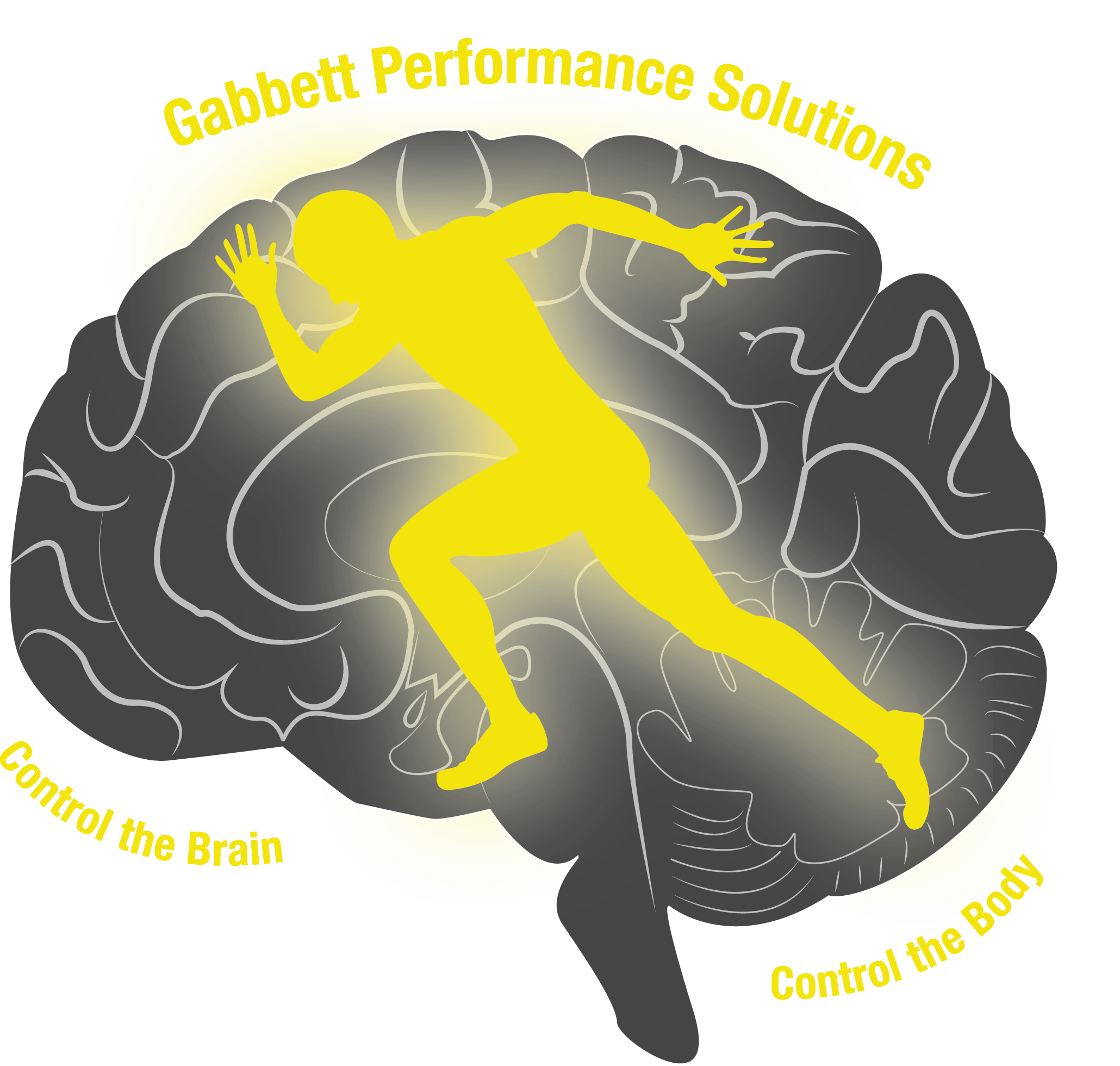In high performance organizations, particularly sport, it is common to hear the term “culture”. Quite often it is used by people outside the organization to describe why certain teams consistently have more (or less) success than others. There are numerous definitions of “culture”, ranging from “the ideas, customs, and social behaviour of a particular people or society” to “the way of life of groups of people; the way they do things. An integrated pattern of human knowledge, belief and behaviour. The outlook, attitudes, values, morals, goals, and customs shared by a society.” Irrespective of the definition, one thing is clear – when organizations have a poor culture, they are desperate for change, and when organizations have a strong culture, they want to “bottle” whatever it is that contributes to its strength!
Clear Communication with Consistent Message
One of the fundamental aspects of organizations with a strong culture is the clarity around acceptable behaviours, the way people are treated, and the manner in which people go about their daily tasks. In Malcolm Gladwell’s book “David and Goliath”, he discusses the importance of clear communication from leaders. He states that people want to know that:
(1) the rules that applied yesterday are the same rules that apply today,
(2) the rules that apply to someone else are the same rules that apply to me, and
(3) if the rules change, they want to be told!
In other words, most people value clear and consistent communication. Now have a think about your own organization. Does a similar type of clear communication exist? If not, then you’ve got a problem!
It’s Not About Slogans!
Walk into any high performance facility anywhere in the world, and the team’s motto will be emblazoned on the wall. This motto is meant to describe how the organization, and the people within it operate. Sometimes this mantra is living and breathing throughout the organization. You can smell it when you enter the building, and you feel it in your interactions with staff and players. Unfortunately, organizations with a poor culture also have a smell about them – but it’s more like a stench! The things that immediately stand out are:
- Poor communication between staff;
- Side conversations about individuals within the team;
- Marginalization of staff members;
- Players cutting corners;
- Staff enjoying the tracksuit but contributing little to team performance;
- Players disrespecting other players or staff members
The problem is that these issues are typically only the tip of the iceberg – many deeper and much more toxic issues inevitably lie beneath the surface. In these instances, it is very easy to blame the individuals involved. Certainly, in some cases, there will be individuals who do not “fit” the culture of the organization. They may possess the requisite skills to perform the job, but their abrasive personality means they never stay in one place too long. However, there will be other occasions where the poor standards are obvious across the entire playing group. In these instances, are the entire playing group to blame? My experience is that the answer is “No”! Players want to do the right thing. But if given an easy option, players will take it – it’s human nature.
So, when looking to recruit staff or players into your organization, take the time to give them the “good person test” – and learn to trust your gut instinct. If that person spends more time talking about “I” than “we”, chances are you have the wrong person. If you feel like they are more suited to an individual sport than a team sport, then you’re probably right! If it looks like a duck, and quacks like a duck – it’s probably a duck! Once you have the right people in place, strong leadership is key. Make it clear to everyone what the organization stands for (and what it doesn’t stand for), reinforce the positive behaviours, let people know when they have failed to meet expectations – and give them clear direction on how to improve.
Have Direct and Honest Conversations
By now, you will have gathered that not all “High Performance” organizations are actually “High Performance” – they are just “organizations”! Lots of staff, a big ‘flashy’ building, and the best weight room (or ice bath) that you’ve ever seen, does not amount to “High Performance”. So how can these organizations begin to live up to the expectations of their key stakeholders (e.g. supporters, sponsors, owners)? The answers will lie within the specific problem plaguing the specific organization – but it will always start with some honest reflection and difficult conversations.
So What is “Culture” When it Comes to High Performance Organizations?
Although the term “culture” is often defined in complex ways, high performance organizations can translate these definitions into something more meaningful and tangible for them. For me, the definition of culture is less important than the way that culture is acted out within your organization. It is a set of guiding principles that inform the way the organization – and the people within it, operate. It is a statement of “this is the way we do things here”. When those principles are engrained, it courses through your team members like blood within your veins. There is no better place to be than within an organization that has a strong culture – there is honest communication between staff and players, and team members live and breathe those guiding principles. As a leader, I would encourage you to examine the culture within your organization. What do you stand for? How would others describe you? How would you describe yourselves? The answers to these questions may determine whether or not your organization is set up for sustained success.
Want to learn more from Tim? Learn more about how we can help your high performance team.
ONLINE COURSES
Accessible courses with interactive activities to study at your own pace, available 24/7 online whenever you need them.
CONSULTANCY
Performance reviews, data analysis, competition support and professional development for high performance sporting, cultural and military teams.
WORKSHOPS
Fully accredited professional development workshops for sports scientists, athletic trainers and other high performance practitioners.





